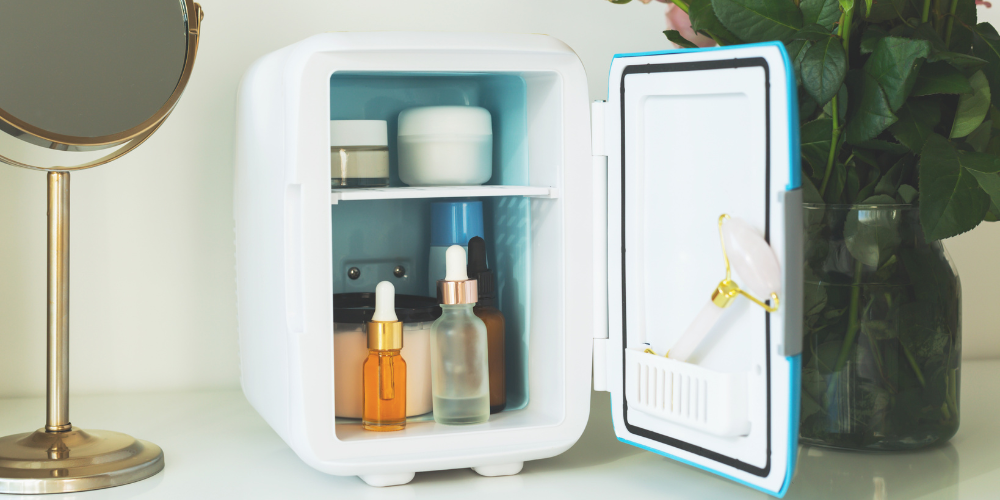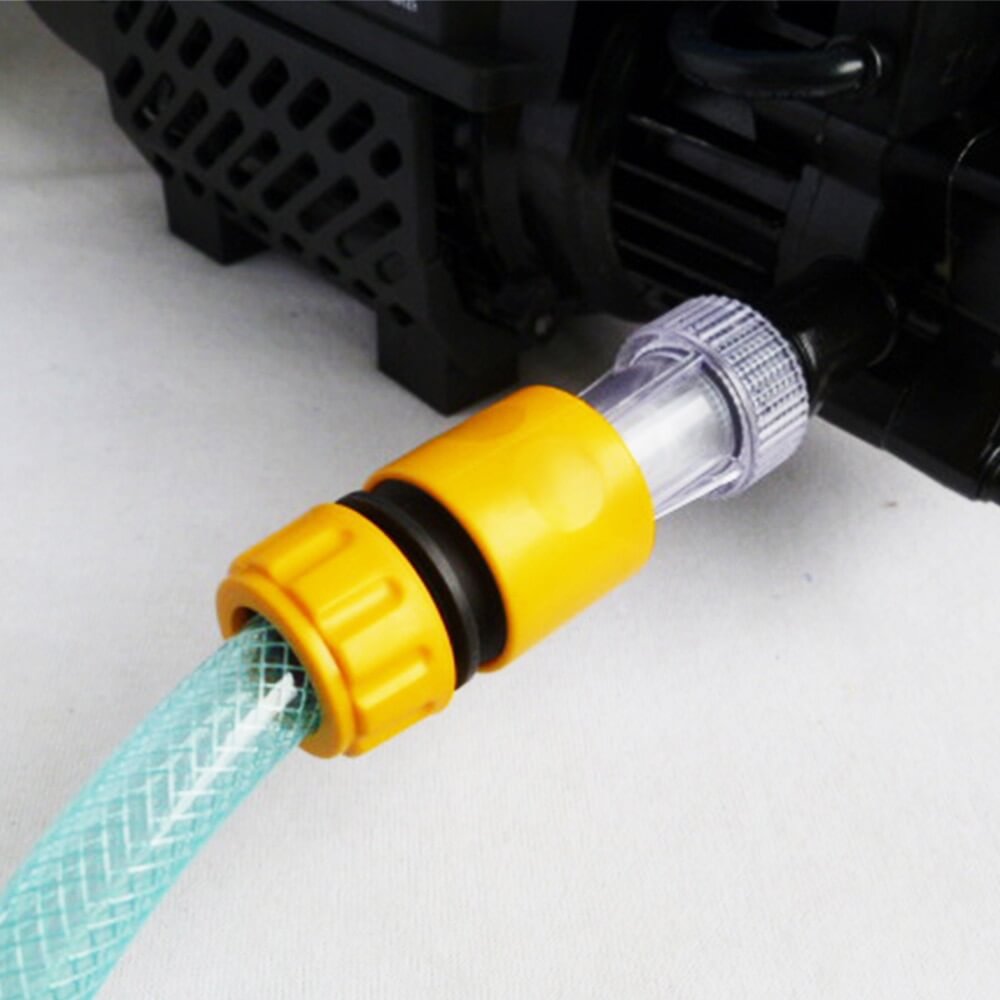You might think that all mini fridges are the same, but they’re not. There are so many different styles, sizes, and materials out there that it can be overwhelming to find the right one for your home. We’ve broken down all the things you need to consider when choosing a mini fridge so you can get the most bang for your buck!
Style: Contemporary or retro?
When you’re choosing a mini fridge, it’s important to think about the style of your home. Are you looking for something that looks like it came straight out of an Ikea catalog? Or do you want a more traditional look and feel that would fit in better with grandma’s old house?
If it’s a style that matters most, then think about the style of your current refrigerator. If it’s modern and sleek, then maybe consider getting something similar in size and shape. If your current model is rustic and old-fashioned looking—perhaps even wooden—consider going with something retro as well.
The duck mini fridge is the perfect size for your home. It’s large enough to accommodate all your needs, but small enough to fit in any space. Plus, the duck mini fridge comes in a variety of colors so you can find the perfect one to match your style.
Storage: Shelves, drawers, and door storage
Shelves, drawers, and door storage. The amount of storage space you need depends on what kind of items you want to keep in the fridge. If you just want to store drinks and small snacks, one shelf would be enough. However, if you plan on storing food items like raw meat or vegetables (which require refrigeration), then three shelves should be sufficient for your needs.
How many shelves? You can only fit three shelves in this mini fridge—which is fine for most people’s needs as long as they don’t plan on storing too much food at once. If the space is a little tight and not enough room for all your groceries at once, consider getting two extra sets instead!
How tall is it? This mini fridge measures 46 cm tall by 39 cm wide by 28 cm deep (18 inches x 15 inches x 11 inches). This means there’s plenty of room inside so that even taller items won’t get squished against each other when placed inside together with other contents such as cans or bottles sitting upright next door while being stored away securely within reach while also keeping everything cool enough outside so nothing spoils before its time comes around again soon enough!
Size and capacity
The size and capacity of your mini fridge are two important factors to consider. If you’re planning on storing a lot of food or drinks, then you’ll need a fridge that’s large enough to accommodate everything.
Conversely, if you only plan on storing a few items, then you can get away with a smaller fridge. It all depends on your needs. When it comes to capacity, most mini fridges can hold about 60 liters (16 gallons) of food and drinks. However, there are some that are larger or smaller. If you plan on storing a lot of food, then you’ll need a fridge with a higher capacity.
Energy efficiency
The energy efficiency of your refrigerator is important, especially if you live in an area with high electricity prices. Look for a refrigerator that has been rated as Energy Star compliant—this means that it has met the performance requirements set by the US Environmental Protection Agency. The more stars on the sticker, the better: four stars are ideal, but three will suffice if you don’t want to shell out extra cash for a more efficient model with five or six stars.
The power consumption rating (in watts) is also important; look for one around 350 watts or less. If possible, consider getting a mini fridge with good insulation and low heat loss through its door seals so it doesn’t cost you more than necessary in electricity costs over its lifespan
Materials: Stainless steel, glass, or plastic?
The material of your mini fridge will affect its durability and appearance, so you’ll want to consider the pros and cons of each material before deciding.
Stainless steel is a durable, easy-to-clean option that’s popular with many homeowners. It’s also strong enough to support heavy items without cracking or denting. If you’re looking for something that can withstand frequent use (or abuse), stainless steel is a good choice for your mini fridge.
Glass is transparent, so it allows you to see what’s inside of the fridge from any angle—and it looks elegant doing so! Glass doors also keep out light and heat better than plastic ones do; this will help keep food fresher longer so you don’t have to waste money on spoiled groceries. That said, glass can be heavier than plastic models if they contain similar amounts of content—so make sure that whichever one you choose won’t be too much trouble when moving around!
Door design and handles
Next, you should think about the shape and size of the door. How easy is it to open and close? Is there a handle on top or bottom? How do you lock the door when you’re finished using it? It’s also important to think about how many doors there are. Some may have two or three compartments, while others only have one large space.
Doors can be made of plastic or metal, but if they’re made from metal then they’ll likely be heavier than those constructed from plastic. If you want something that will hold up in a busy environment like an office kitchen or break room then choose something with durable materials that won’t bend easily when someone bumps into them by accident (or on purpose).
Conclusion
We hope the tips above have given you a better idea of what kind of mini fridge is right for your home. If you don’t have the space for an entire fridge or freezer, but still want to keep your drinks cold, then a mini fridge may be perfect for you.








